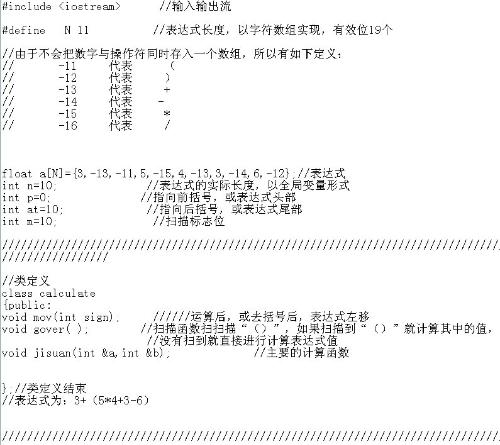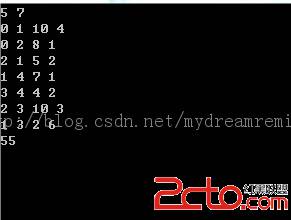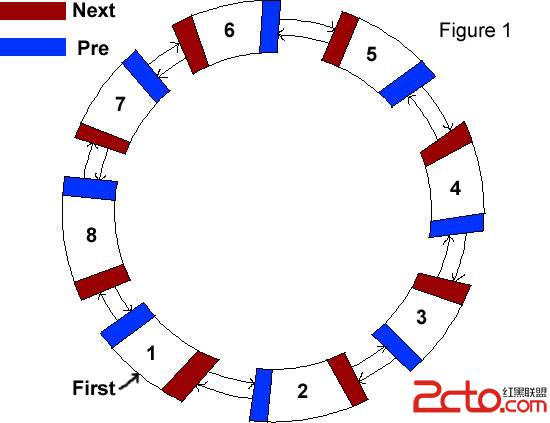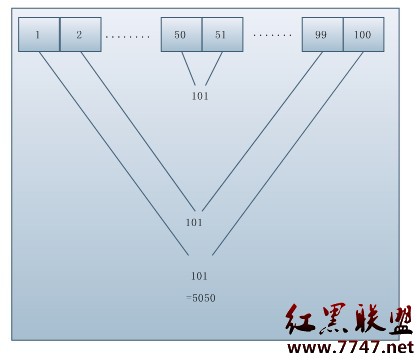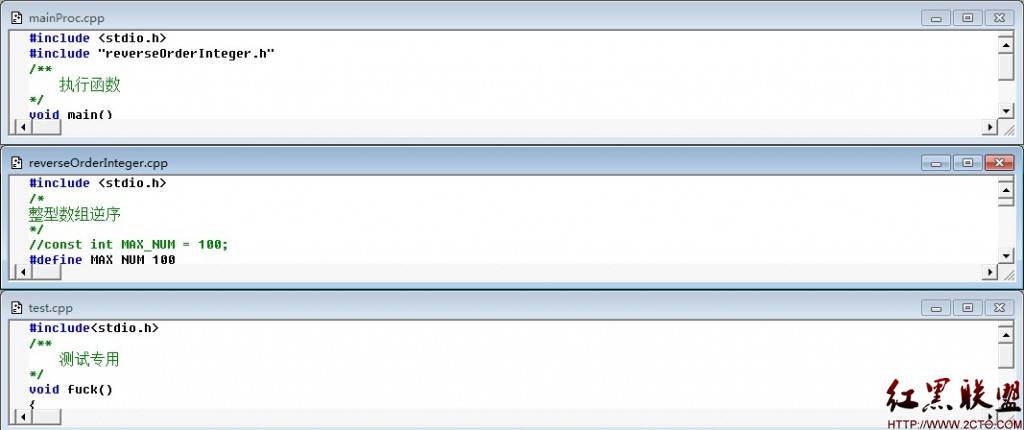最长公共子字符串
描述:求两个输入序列的最长的公共子字符串的长度。子字符串中的所有字符在源字符串中必须相邻。
如字符串:21232523311324和字符串312123223445,他们的最长公共子字符串为21232,长度为5。
输入格式:
两行,第一行为第一个字符串X,第二行为第二个字符串Y,字符串不含空格并以回车标示结束。X和Y的串长都不超过100000。
输出格式:
两行,第一行为最长的公共子字符串的长度,第二行输出一个最长的公共子字符串。
说明:
(1)若最长的公共子字符串有多个,请输出在源字符串X中靠左的那个。
(2)若最长公共子字符串的长度为0,请输出空串(一个回车符)。
如输入:
21232523311324
152341231
由于523和123都是最长的公共子字符串,但123在源串X中更靠左,因此输出:
3
123
分析:
最长公共子字符串必须是连续的。如果我们使用递归的方法解决的话,对于每一对字符就需要判断前面的是否已构成字串,这就会使子问题出现重复计算的问题。对于重复子问题,还是要使用动态规划的思想。
假设需要求的字符串为 str1 , str2 .函数 f(m,n) 求分别以str1[m] , str2[n] 结尾的公共字符串长度。
这有一下递推公式:
f(m,n)=0 str1[m] != str2[n] ;
f(m,n)=f(m-1,n-1) + 1 str[m]==str2[n];
别忘了递推的特殊边界:
f(0,n)=0;
f(m,0)=0;
代码如下:
#include<iostream>
#include<string.h>
using namespace std;
int c[10000][10000];
char str1[10000];
char str2[10000];
void func(int m,int n){
if((m<0)||(n<0)) return ;
for(int i=0;i<m;i++)
for(int j=0;j<n;j++) c[i][j]=0;
int besti=0,bestj=0;
int count=0;
for(int i=0;i<m;i++)
for(int j=0;j<n;j++)
if(str1[i]==str2[j]) {
if((i==0)||(j==0)) c[i][j]=1; //增加判断是否为第一个,第一个不能再向下
else c[i][j]=c[i-1][j-1] + 1 ;
}
else c[i][j]=0;
/*
for(int i=0;i<m;i++){
for(int j=0;j<n;j++)
cout<<c[i][j]<<' ';
cout<<endl;
}
*/
for(int i=0;i<m;i++)
for(int j=0;j<n;j++)
if(c[i][j]>count) { count=c[i][j]; besti=i; bestj=j; } //查找最长子字符串
cout<<count<<endl;
if(count==0) cout<<endl; //公共子字符串长度为1,输出空行
else
for(int i=besti-count+1;i<=besti;i++) cout<<str1[i]; //否则输出靠X左边(如果多个)子字符串
}
int main() {
int m=0;
int n=0;
cin>>str1;
cin>>str2;
m=strlen(str1);
n=strlen(str2);
func(m,n);
return 0;
}
补充:软件开发 , C++ ,